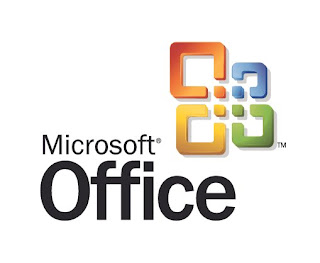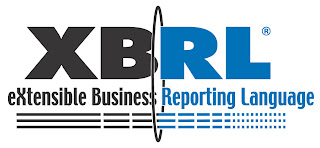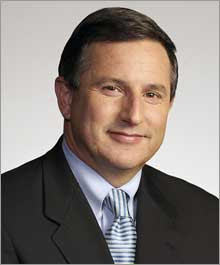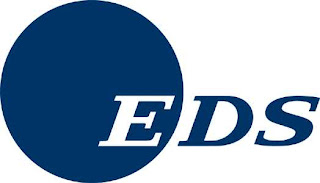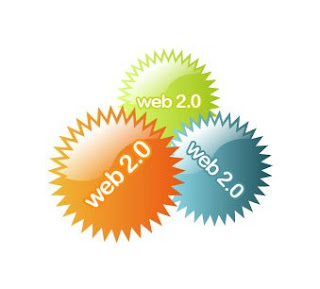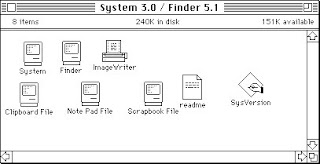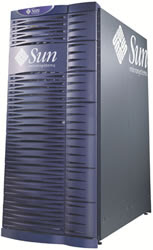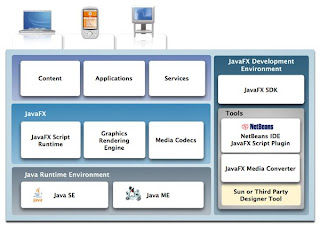 For the past year, I’ve been inundated by emails from people claiming to be foreign domain-name registrars. They’ve been working me, in increasingly dire language, that my brand is in danger. To quote from one of them:
For the past year, I’ve been inundated by emails from people claiming to be foreign domain-name registrars. They’ve been working me, in increasingly dire language, that my brand is in danger. To quote from one of them:
We are Asia Domain Name Registration Limited, which is the domain name registrar centre in Asia. We have something important need to confirm with your company.
On the Apr 28 2008, we received an application formally. One company named Fenghua network services inc applied for the internet brand Keyword {one of our brands}.
These days we are dealing with it, After our initial examination, we found that the internet brand Name and domain names applied for registration are as same as your company’s name and trademark. hope to get the affirmation of your company because that may relate to your intellectual property on internet. Now we have not finished the registration of Fenghua network services inc yet, in order to deal with this issue better, please let someone who is responsible for trademark or domain name contact me as soon as possible.
My response has been to delete these messages. There are too many of these messages, coming from too many sources, with too much incorrect information, for them to be legit.
I’m not the only one who thinks so. Here’s a warning sent out by the Joshua Kuvin, CTO of American Business Media (a trade association that BZ Media belongs to):
Warning!
If you receive a foreign e-mail from any country or anyone stating that you are in danger of losing your company or brand’s domain name (in China .cn; or Germany .de; or Europe .eu; or even the United States .us), do not reply!
If you wish to have these domains, you can register these domain extensions yourself using GoDaddy.com, Register.com or any others.
By replying, you are actually alerting these foreign e-mail spammers (mostly from China and Hong Kong) that your Web site, brand or company is a valuable commodity. They will purchase the foreign domain name extension and try selling it back to you.
Thank you, Joshua. I agree: The only good response is no response.


